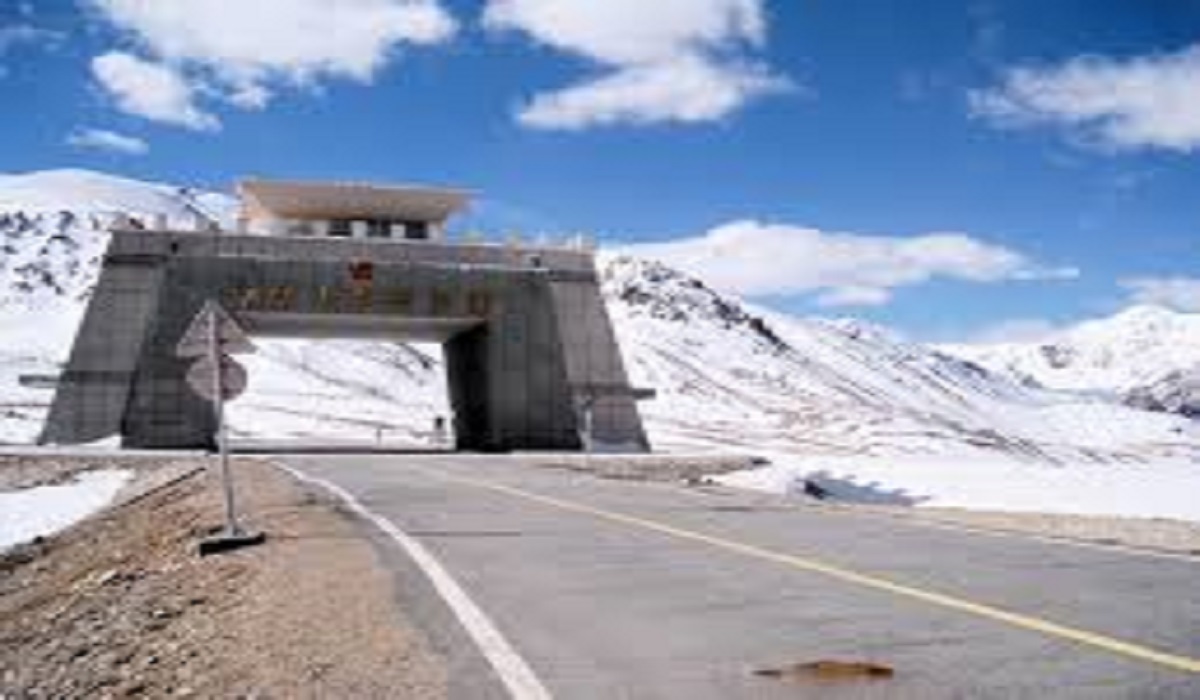Hunza Matters
Hunza Matters: When you picture the Hunza Valley, what comes to mind? Perhaps it’s the majestic, snow-capped peak of Rakaposhi, the serene blue of Attabad Lake, or the legendary longevity of its people. For decades, Hunza has been sold to us as a paradise on earth. A remote Shangri-La frozen in time and beauty.
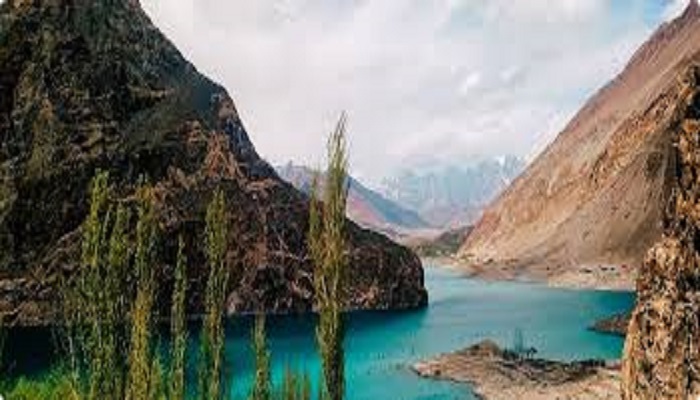
But what if this postcard-perfect image is hiding a deeper, more complex story?
In his monumental 2020 work, Hunza Matters, the renowned geographer Hermann Kreutzmann challenges us to look beyond the scenery. He argues that Hunza’s true significance isn’t just in its breathtaking landscapes. But in its role as a dynamic crossroads. place where ancient empires met, where modern nations now negotiate.
Where the forces of globalization, climate change, and cultural preservation are colliding. This review, inspired by Kreutzmann’s original research and adapted from discussions on my website, Teach Educator, delves into why understanding this “borderland” is crucial for understanding our interconnected world.

Who is Hermann Kreutzmann, and Why Should We Listen?
Before we dive into the valleys and mountains, it’s important to know the guide. Hermann Kreutzmann isn’t a tourist who passed through and wrote a book. He is a preeminent German geographer who has dedicated over 30 years of his life to studying the high-altitude communities of Asia, including the Pamirs, Karakoram, and Hindu Kush ranges.
His credentials are built on a foundation of rigorous fieldwork:
- Author of more than 10 academic books on the region.
- Published over 100 research papers in international journals.
- Conducted decades of firsthand research in Northern Pakistan.
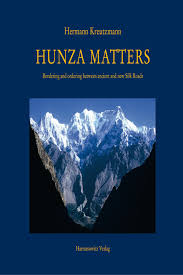
This isn’t an armchair analysis. Kreutzmann has walked the paths, spoken with the communities, and witnessed the transformation of Hunza over generations. This long-term commitment makes him an authoritative and trustworthy voice on the subject. His book, Hunza Matters, is the culmination of this lifelong scholarship
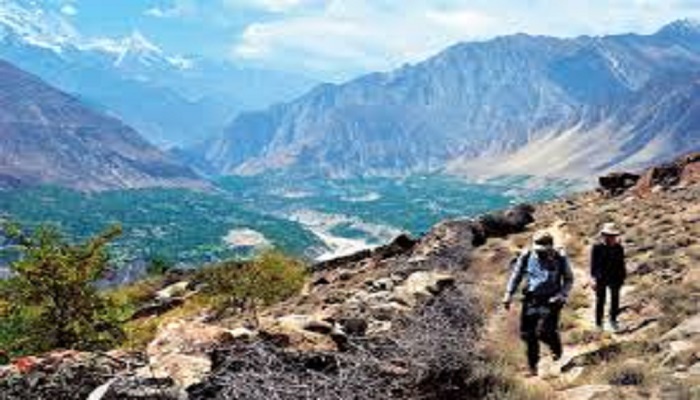
The Core Argument: Hunza is Not a Backyard, It’s a Crossroads
The central, powerful idea in Hunza Matters is a shift in perspective. Kreutzmann asks us to stop thinking of Hunza as a remote, isolated endpoint—a picturesque backyard of Pakistan. Instead, he frames it as a vital crossroads.
Imagine a bustling town square where all the major roads of a continent meet. For centuries, that has been Hunza’s role. It was a crucial nexus on the ancient Silk Road, a place where caravans carrying silk, spices, and ideas would stop, trade, and interact. This history of connectivity, Kreutzmann argues, is key to understanding its present and future.
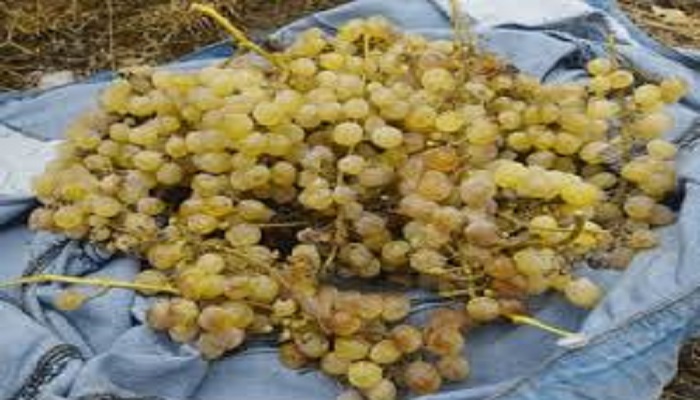
The book is structured around this core idea, exploring how this historical role as a conduit is being reawakened and reshaped by modern projects like the China-Pakistan Economic Corridor (CPEC). He uses the concept of “bordering and ordering”—how boundaries are drawn and how space is controlled and organized—to analyze these changes.
Breaking Down the Key Themes of Hunza Matters
Let’s explore the major themes Kreutzmann unpacks, moving from the past to the pressing present.
1. History Was Never “Remote”
The common narrative is that mountain communities like Hunza were isolated. Kreutzmann demolishes this myth. He shows how the geography of the valley—with its high passes—actually made it a connector, not a barrier. The local rulers, the Mirs of Hunza, were masterful strategists. They skillfully negotiated with the British Empire.
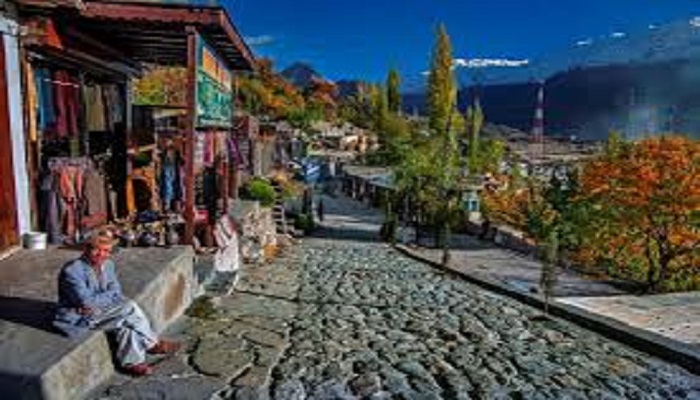
The Chinese, and others, using their strategic location to maintain a degree of autonomy. This historical precedent is critical today. It shows that Hunza is not a passive recipient of change but has a long history of actively engaging with outside powers to secure its own interests.
2. Culture is a Living, Breathing Entity
When we talk about “preserving culture,” we often think of museums and frozen traditions. Kreutzmann presents a different view. He describes cultural practices like Ginani (the harvest festival) and Nowruz. (The Persian New Year) not as relics, but as dynamic, living events that adapt and endure.
Similarly, crafts like woodcarving and embroidery are not just souvenirs. They are vital expressions of identity and a source of livelihood. The challenge he highlights is how these practices can be sustained in an era of mass tourism and global cultural flows, without becoming mere performances for visitors.
3. The Climate Crisis is a Local Emergency
Forget abstract graphs of rising global temperatures. In Hunza, climate change is a tangible, immediate threat. Kreutzmann meticulously documents the environmental vulnerabilities of the region. He links the melting of glaciers—the very same glaciers that feed the stunning rivers and lakes—to global patterns of carbon emissions.

The increased risk of Glacial Lake Outburst Floods (GLOFs) and landslides turns the climate crisis from a distant news headline into a matter of local survival. He frames this as a profound issue of climate justice: a community with one of the smallest carbon footprints on earth is facing some of the most severe consequences.
4. From Farms to Freelancing: An Economic Transformation
The traditional economy of Hunza was based on agro-pastoralism—a delicate balance of farming and livestock herding tailored to the mountain environment. Kreutzmann traces the dramatic shift away from this model. Today, the economy is increasingly fueled by remittances (money sent home by family members working in other Pakistani cities or abroad) and tourism.
The central economic challenge he identifies is how to harness the opportunities from these new income sources—like the jobs and trade promised by CPEC—without losing local control and without sacrificing the sustainable practices that have allowed people to thrive in this harsh environment for centuries.
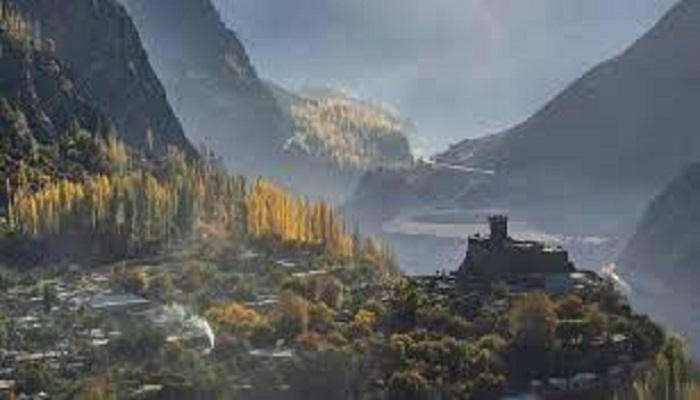
5. The Double-Edged Sword of Tourism
Tourism is often seen as an unquestionable good. Kreutzmann offers a more nuanced critique. He distinguishes between extractive mass tourism—where large, external companies bring in tourists, and most of the profits leave the valley—and community-based tourism.
The latter model ensures that the benefits (financial and otherwise) stay within the local community and that cultural exchanges are respectful and mutually enriching. The question he poses is: Will tourism empower Hunza, or will it turn its culture and landscape into a commodity?
6. The New Silk Road: From Caravan Trails to Superhighways
This is where Kreutzmann’s analysis becomes particularly brilliant and relevant. He draws a direct line from the ancient caravan routes to the modern Karakoram Highway (KKH) and the mega-projects of CPEC. He demonstrates that infrastructure is never neutral. Building a road isn’t just about making travel easier.
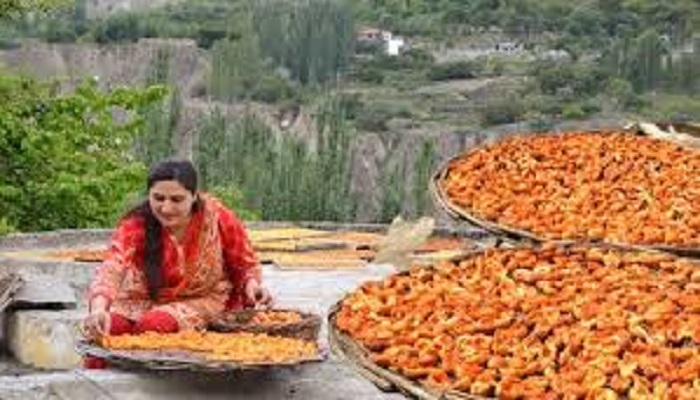
It’s a tool for exerting political influence, controlling territory, and reordering the relationships between places. The new Silk Roads, like the old ones, are about power and connectivity. The book forces us to ask: As new roads are built, who truly benefits? And what new “borders” are being created, even as physical ones become more porous?
A Personal Reflection: Connecting the Dots
Reading Hunza Matters was like finding the missing piece of a puzzle. On Diverse Dreams, we often discuss the lived experiences of people in regions like Hunza—the excitement about new opportunities, the anxiety about changing traditions, the very real fear of landslides and floods. Kreutzmann’s work provided a robust academic and historical framework for these everyday conversations.
His research validates what local voices have been saying all along. That their home is not a passive backdrop for geopolitical games or tourist selfies, but a dynamic entity with its own history, agency, and future. It reminds us that any discussion about “development,” “connectivity.” Or “climate action” is empty if it isn’t grounded in the specific, lived realities of the places it aims to change.
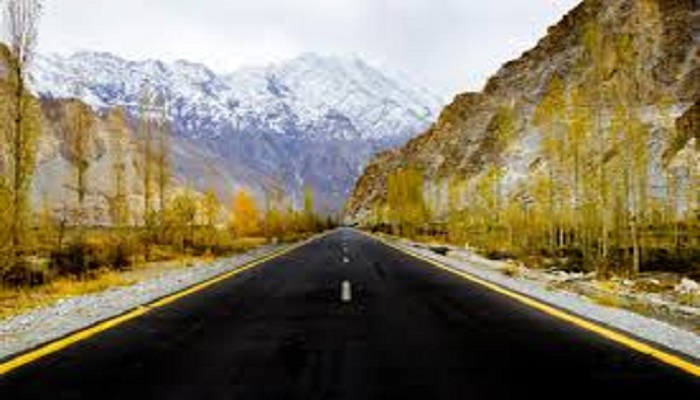
Conclusion: Why Hunza Matters to All of Us
Hunza Matters is an essential, if demanding, read. It successfully accomplishes its central mission: to reposition the Hunza Valley from a passive scenic wonder to an active, strategic player in regional and global dynamics.
Kreutzmann’s interdisciplinary approach, weaving together history, geography, political science, and economics. Provides a powerful lens through which to understand the complex interplay of forces shaping not just Hunza. But many similar crossroads communities around the world.
While one could wish for even more of the everyday voices from the valley’s residents, the book remains an indispensable guide. It is a timely reminder that in an age of new Silk Roads and a warming planet, places like Hunza are not on the periphery. They are right at the center of the stories that will define our shared future.
Summary
Hermann Kreutzmann’s Hunza Matters (2020) reframes the Hunza Valley from a picturesque tourist destination to a strategic crossroads with a rich history and a complex present. The book argues that Hunza’s historical role on the Silk Road is key to understanding its modern challenges and opportunities. Including the impact of the China-Pakistan Economic Corridor (CPEC).
Key themes explored include the preservation of dynamic cultural traditions, severe local impacts of the global climate crisis, the economic shift from farming to tourism and remittances, and the profound role of infrastructure as a tool for political and spatial “ordering.” The work provides a crucial scholarly foundation for understanding the real-world implications of globalization, development, and climate change in high-altitude Asia.

Multiple-Choice Questions (MCQs)
1. What is the central argument that Hermann Kreutzmann makes about the Hunza Valley in his book?
A) It is a remote and isolated region that has been untouched by the modern world.
B) Its primary importance lies in its scenic beauty and the longevity of its people.
C) Its true significance is as a historical and contemporary crossroads, not just a beautiful landscape.
D) It is destined to become a major industrial hub due to the CPEC project.
2. How does Kreutzmann view the construction of modern infrastructure like the Karakoram Highway?
A) As a neutral act that simply makes travel more convenient for locals and tourists.
B) Primarily as an environmental hazard that should be stopped.
C) As a tool for exerting influence and reordering spatial relationships, much like ancient trade routes.
D) Solely as an economic benefit with no political consequences.
3. Which of the following best describes Kreutzmann’s perspective on cultural traditions in Hunza, such as Ginani?
A) They are static relics that need to be preserved exactly as they were centuries ago.
B) They are dynamic, living practices that adapt over time while retaining cultural significance.
C) They are primarily valuable as tourist attractions to boost the local economy.
D) They are outdated and will inevitably disappear due to globalization.
Answers: 1(C), 2(C), 3(B)
References:
Kreutzmann, H. (2015). Pamirian Crossroads: Kirghiz and Wakhi of High Asia. Harrassowitz Verlag.
Kreutzmann, H. (2020). Hunza Matters: Bordering and Ordering Ancient and New Silk Roads. Routledge.
